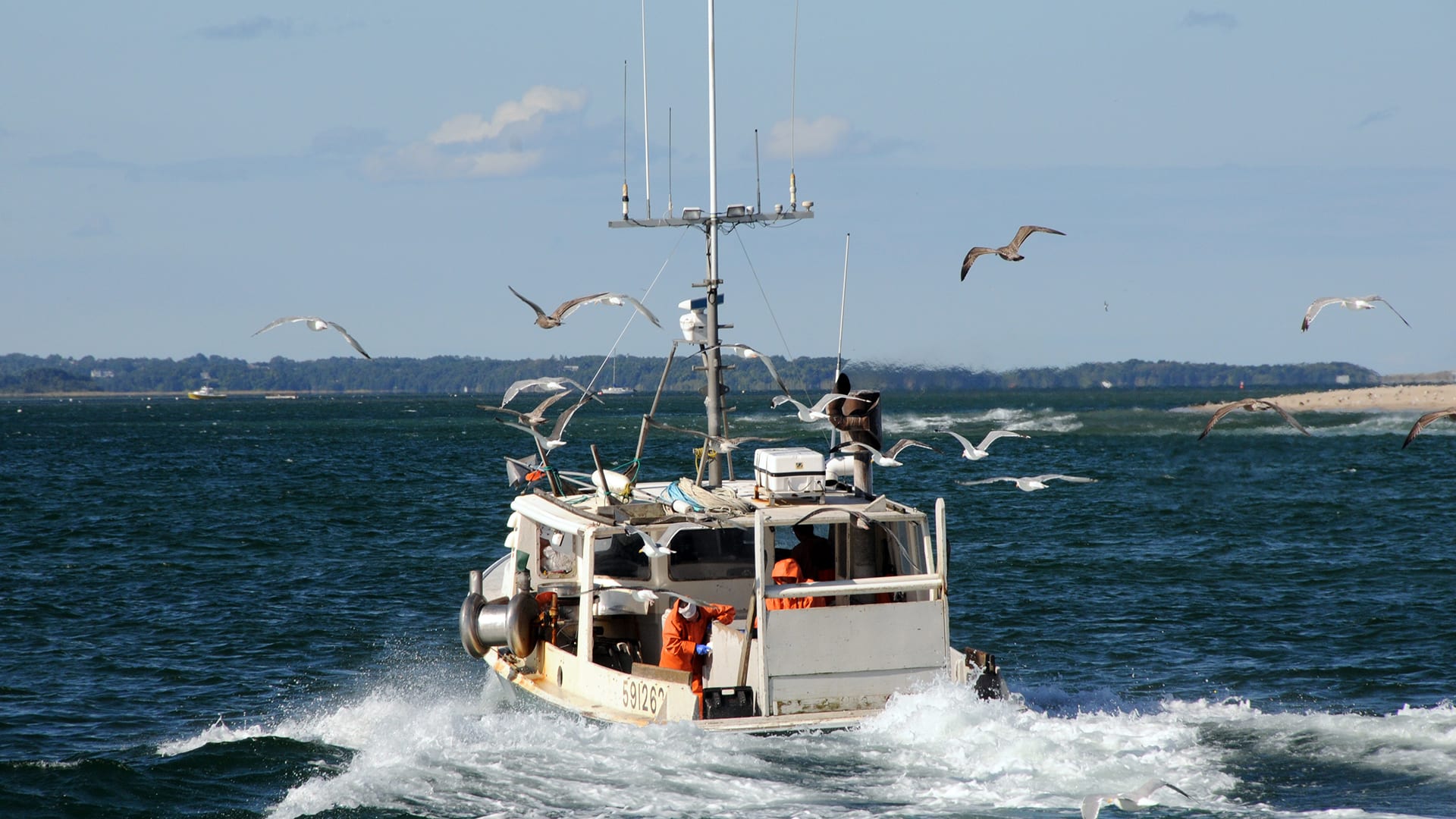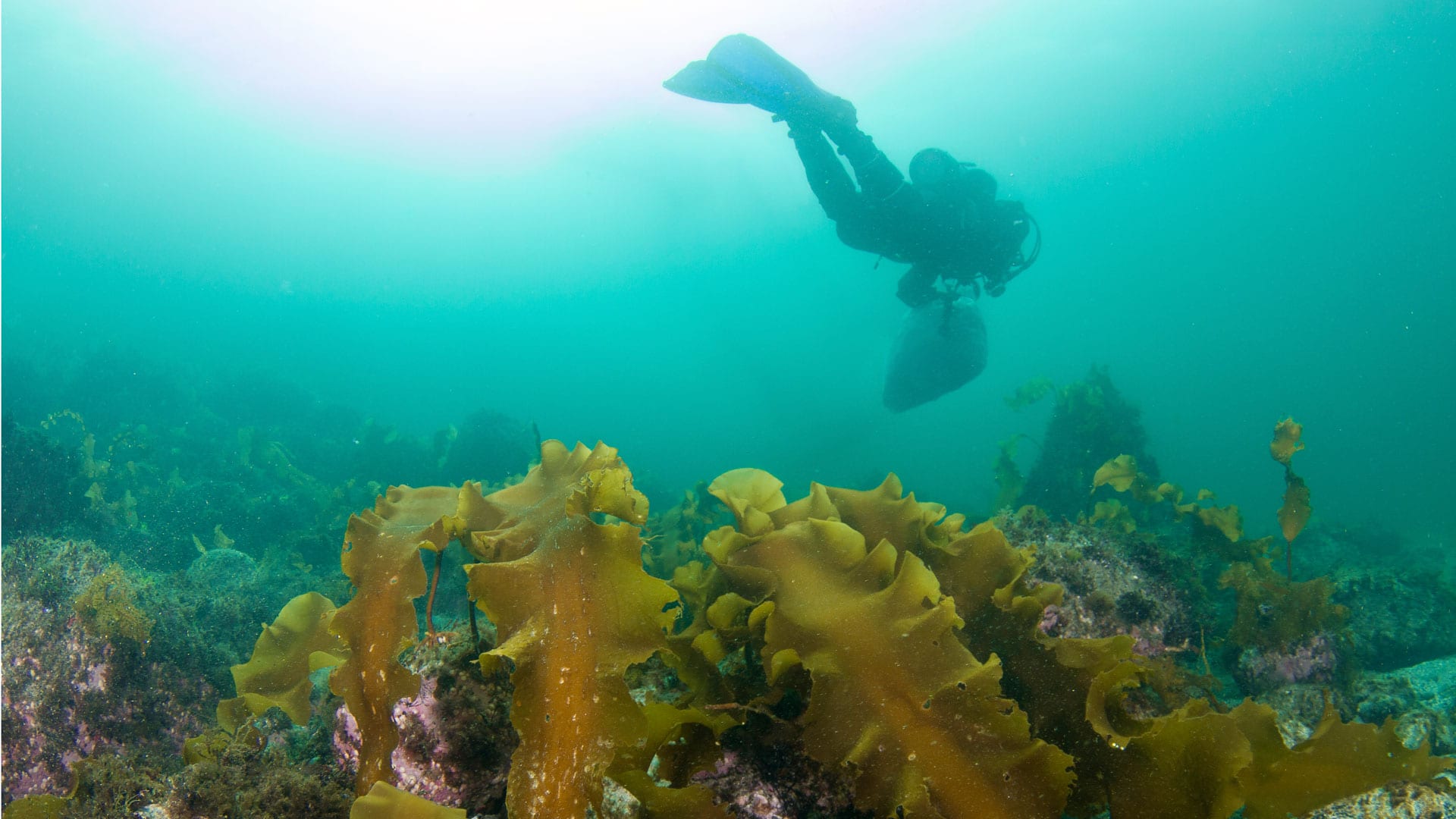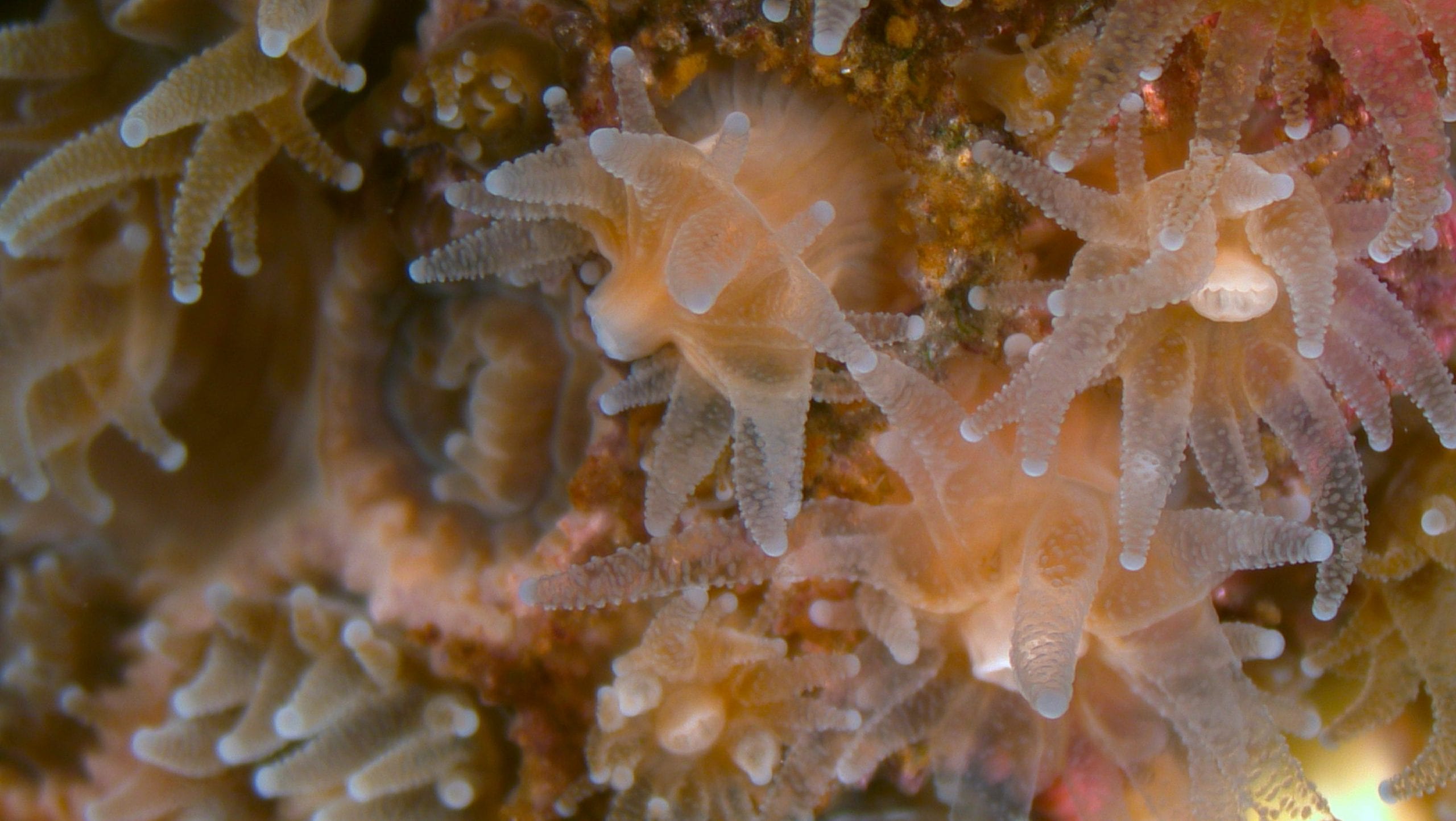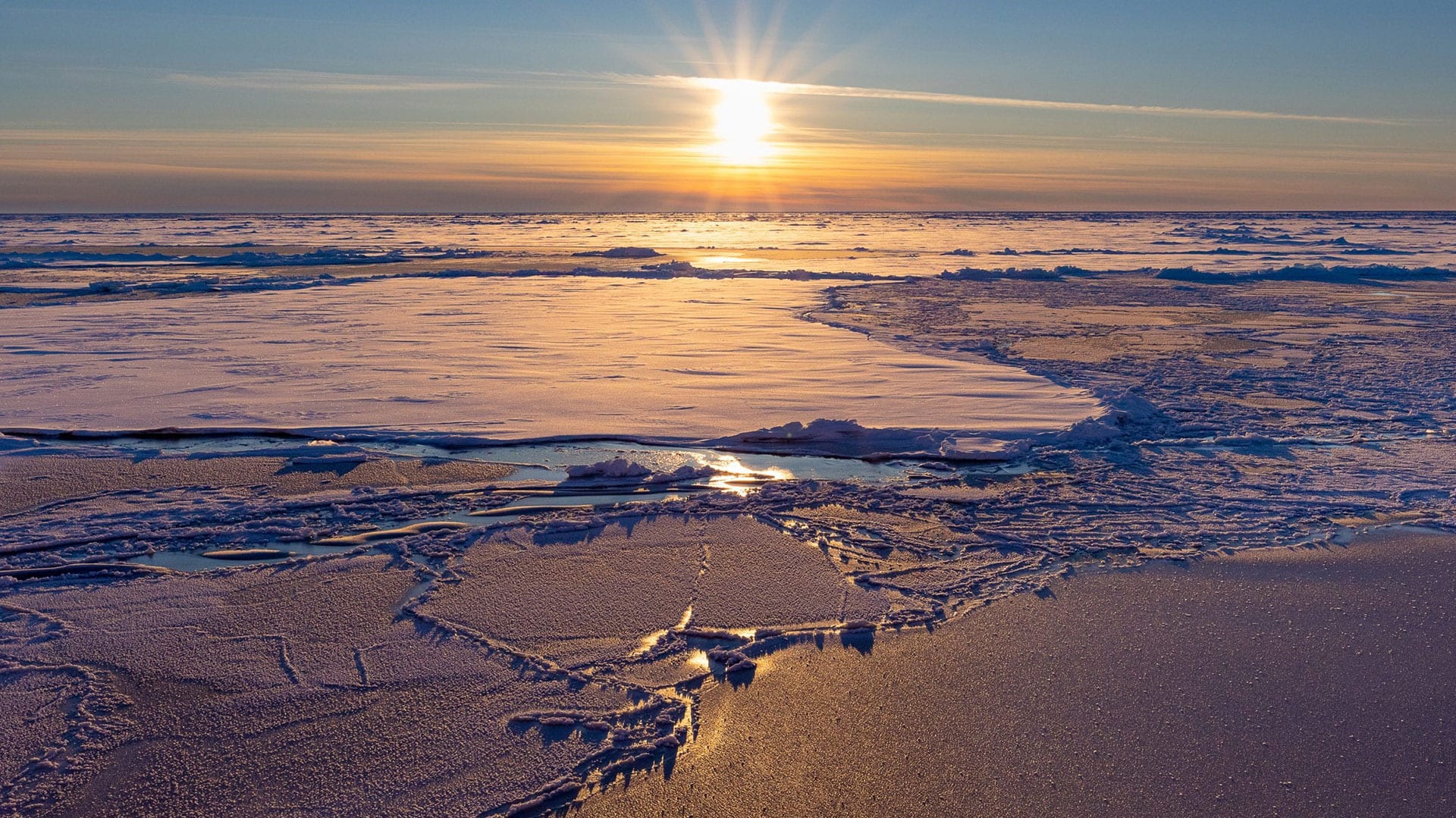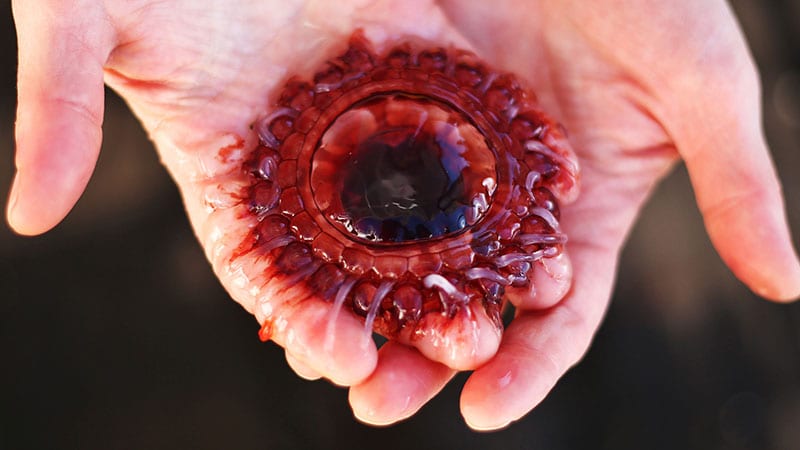WHOI’s commitment on World Ocean Day (and every day!)
WHOI’s commitment on
World Oceans Day
(and every day!)
By Kylee Denesha | June 8, 2021
An iceberg reflects in the still waters of Jökulsárlón, Iceland (Photo courtesy of Jeremy Bishop via Unsplash)
Woods Hole, MA (June 8, 2021)—“The Ocean: Life and Livelihoods” is the theme of World Oceans Day 2021. The day also marks the launch of the UN Decade of Ocean Science for Sustainable Development, an initiative to connect people to ocean science, running from 2021 to 2030. WHOI, a world leader in ocean research and exploration, has spent nearly a century studying the ocean and its role in the changing global environment. Here are just some of the many ways WHOI is committed to the ocean:
An ongoing data collection project between WHOI and members of the Commercial Fisheries Research Foundation in Rhode Island aims to improve the relationships between ocean science and commercial fishing communities. The collaboration, called “the WHOI Shelf Research Fleet,” arms fishermen along the U.S. continental shelf with precision instruments to track warming waters in one of the fastest changing regions of the ocean. The CFRF operates a fishing vessel research fleet to conduct bi-weekly oceanographic sampling across the continental shelf and slope south of Rhode Island. The purpose of the project is to study changes in oceanographic conditions, particularly water temperature, in order to better understand how these changes impact the distribution and abundance of resources.
To help fuel our future energy needs, researchers are sizing up thousands of blades of sugar kelp —a promising source of biofuels—to breed strains that grow larger, heartier, and more abundantly. WHOI biologist and lead kelp scientist Scott Lindell spearheads several studies to grow and measure different species and strains of seaweed. Kelp farming does not rely on fertile land, energy intensive fertilizers, or freshwater availability. According to Lindell, kelp is fairly easy to grow, beneficial for ocean ecosystems, and an efficient, low-carbon way to produce nutritious food for a growing population of both human and animals. Additionally, research suggests our future homes and vehicles could one day be powered by fuel made from off-shore farm seaweed. It could help sequester and digest carbon dioxide from the atmosphere, too.
The Rhode Island legislature has officially designated the Northern Star Coral as the state’s emblem, and researchers are finding that studying this local creature’s recovery from antibiotics could help better understand how to protect endangered tropical corals. A recent study, featuring co-author Amy Apprill, associate scientist at WHOI, investigates antibiotic-induced disturbance of Astrangia poculata, a coral species that grows off New England coastlines, and shows that antibiotic exposure significantly altered the composition of the coral’s mucus bacterial microbiome. However, the study found that all the treated corals recovered in two weeks in ambient seawater. This is the first microbiome manipulation study on this coral, suggesting that it may be able to recover its mucus microbiome following disturbance. The study also identified specific microbes that may be important to assembly, and demonstrated that algal symbionts may play a previously undocumented role in the microbial recovery and resilience to environmental change.
Thanks to data collected by the Beaufort Gyre Observation System (BGOS), an ocean monitoring network developed and maintained by (WHOI), researchers are getting a clearer picture of how the Arctic Ocean is changing and what it could mean for the future. Supported by the U.S. National Science Foundation, WHOI, and Fisheries and Oceans Canada — BGOS has provided researchers around the world with continuous, long-term monitoring of the Beaufort Gyre in the Canada Basin. Researchers are closely monitoring this gyre to understand changes in the Arctic region and how it affects the climate at lower latitudes.
The ocean twilight zone (mesopelagic), a dimly lit region roughly 650–3200 feet below the surface, contains the largest amount of fish biomass on Earth—yet so much of it remains unknown and unexplored. A new observation network under development by WHOI, encompassing roughly 155,300 square miles of the northwest Atlantic Ocean, will collect around-the-clock data about the twilight zone over months or even years, offering unparalleled insight into this mysterious, yet critical region of the sea. The network will give scientists a comprehensive view of the twilight zone by using several different technologies including moored buoys equipped with acoustic survey systems; a swarm of optical and geochemical sensors; and new fish-tracking tags that will continuously record the position of major predators such as sharks and tuna. All of these components will connect to the network’s buoys using acoustic signals underwater and a satellite link at the surface.
About Woods Hole Oceanographic Institution
The Woods Hole Oceanographic Institution (WHOI) is a private, non-profit organization on Cape Cod, Massachusetts, dedicated to marine research, engineering, and higher education. Established in 1930, its primary mission is to understand the ocean and its interaction with the Earth as a whole, and to communicate an understanding of the ocean’s role in the changing global environment. WHOI’s pioneering discoveries stem from an ideal combination of science and engineering—one that has made it one of the most trusted and technically advanced leaders in basic and applied ocean research and exploration anywhere. WHOI is known for its multidisciplinary approach, superior ship operations, and unparalleled deep-sea robotics capabilities. We play a leading role in ocean observation and operate the most extensive suite of data-gathering platforms in the world. Top scientists, engineers, and students collaborate on

